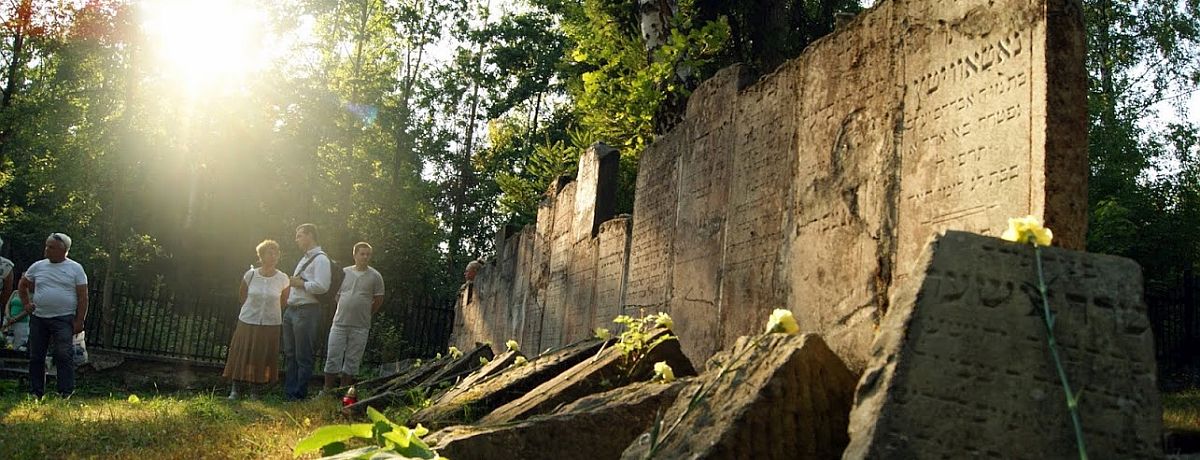It all began in 2005, when I was preparing a presentation for my history class about a School of German Security Police SiPo Commanders that had its headquarters in Rabka’s “Tereska” mansion between 1940 and 1945. Along with my classroom friend Wojciech Tupta and under the supervision of our history teacher Grzegorz Moskal, we quickly realized that finding sources on this topic will be difficult. Initially we would only find short notes about the school’s activity, which convinced us of the need to look for eyewitness testimonies of those events. In the course of our research, we encountered a few people who were either civil employees at the school or witnessed tragic events that would happen there. We were becoming more and more involved in our presentation’s topic and kept gathering more and more sources. We were able to get in touch with Mr. Władysław Jaszczyszyn, President of Polish Society of War Veterans and Former Political Prisoners in Rabka, who was interested in our research. With his assistance, we gained access to memoirs and letters written by Tereska’s former prisoners from the Society’s archives. Mr.Jaszczyszyn suggested we submit our presentation into the Foundation for Polish-German Reconciliation’s youth edition of “Help Us Keep the Memory Alive” contest. We started working on tweaking our entry and ultimately entitled it “Occupation-era Secrets of Tereska Mansion” and ended up receiving an honorable mention, which encouraged us to delve deeper into the subjext matter.
On June 16, 2006 we published a book called “Dark Secrets of Tereska Mansion” that presented events connected with the World War II era German crimes of genocide on Poles and Jews.





